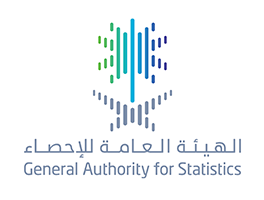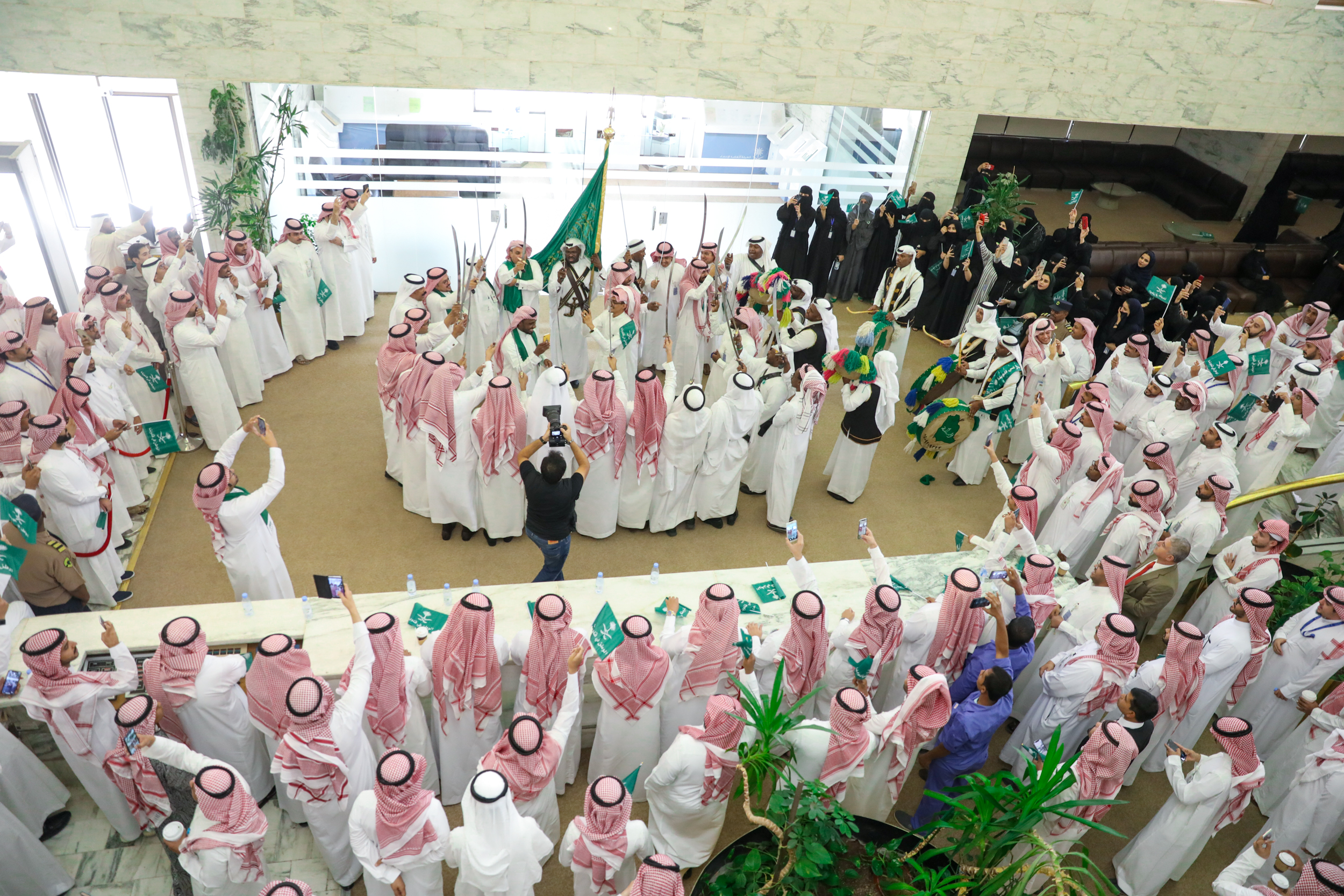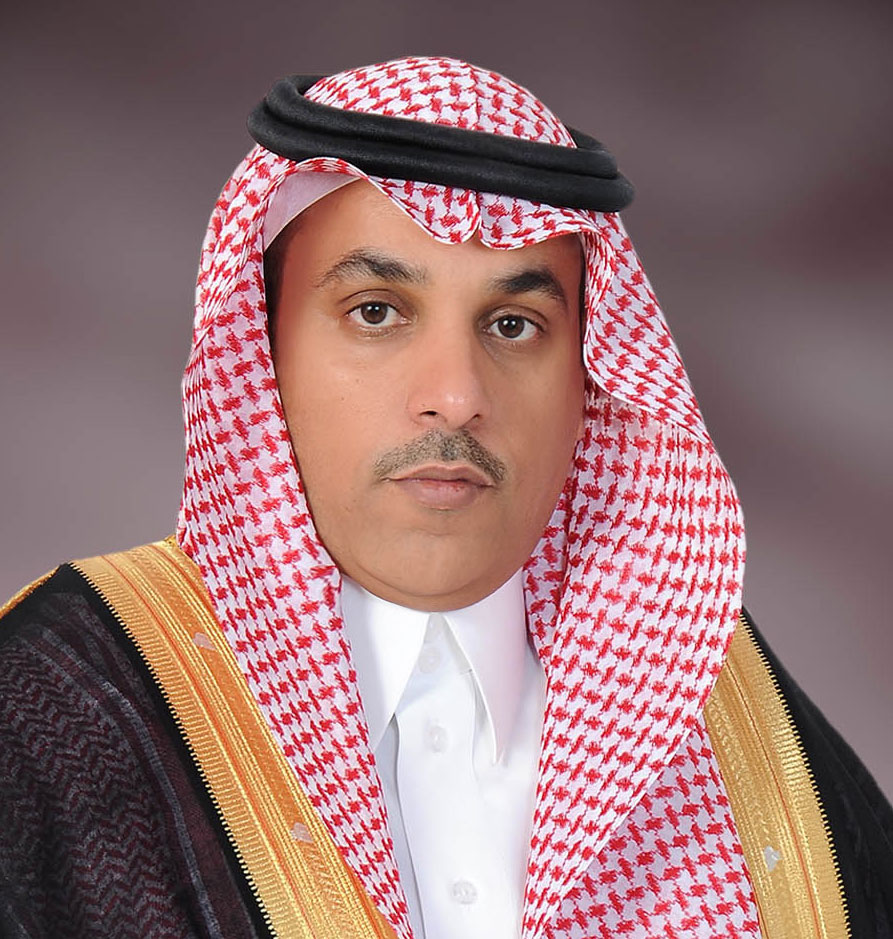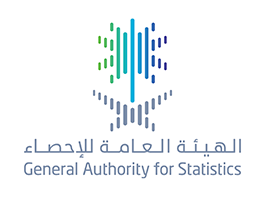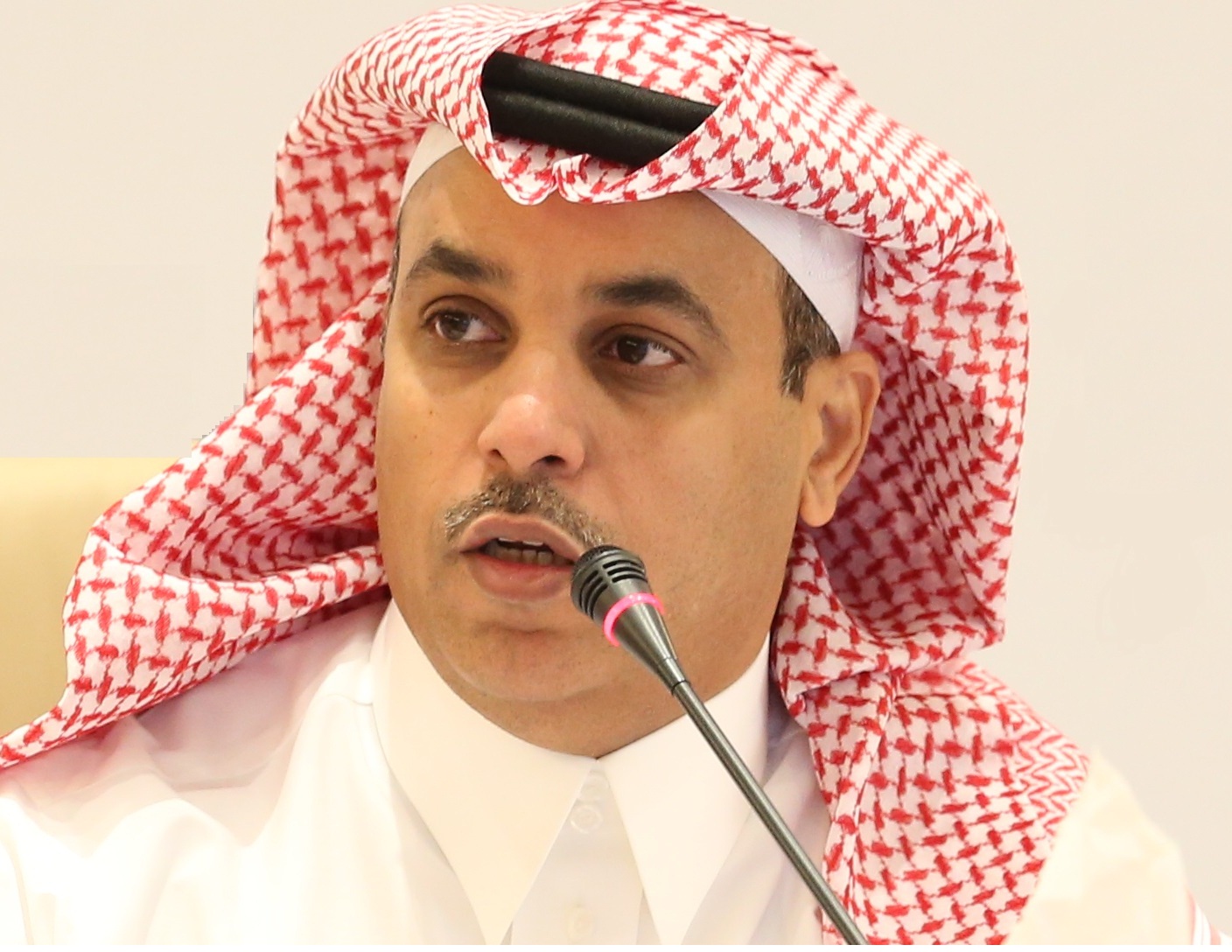Statistics: More than (200) main services representing the (general Hajj services), which is one of the five basic services provided by more than (257 thousand) employees working in (21) government and private parties.
Statistics: More than (200) main services representing the (general Hajj services), which is one of the five basic services provided by more than (257 thousand) employees working in (21) government and private parties.
21 government and private parties collaborate in providing (general Hajj services) during the Hajj season this year 1440H. The general Hajj services are one of the five main services provided to pilgrims (supervision and follow-up services for Hajj, public pilgrimage services, health services for pilgrims, and transport services for pilgrims). The General Authority for Statistics (GAS) announced on Monday 4 of Dhu al-Hijjah 1440 H within the "Register of Hajj Statistics 1440 H" the detailed data regarding the (general Hajj Services) and explained that more than 200 major services in the field of (general Hajj services) are offered to pilgrims, including: activities of the secretariats and municipalities, supervision and inspection, as well as other services such as electricity, water, religious and media awareness, security services, processing services and the creation of outlets for the reception of pilgrims, in addition issuing Hajj permits for domestic pilgrims, civil cases services, and a number of other support services.
The total number of people providing public services reached 257,763 male and female employees, including 253,905 men and 3858 women working around the clock throughout the Hajj season, while the number of equipment and mechanisms used for these services reached 62,050 pieces of equipment and machinery, 7,727 vehicles, 2,640 motorcycles, 14,498 wireless devices, and 5,337 computers.
The security services provided to the guests of Hajj are highlighted as the most important public services provided by the General Security. It carries out security and traffic plans and maintains public order in Mecca, Mashaer and Madinah. The number of police stations in Mecca and Mashaer reached 52, and the number of traffic centers reached 280. In addition to 75 security control centers at the borders and entrances of Makkah and Mashaer, the Directorate General of Passports is operating through more than 6041 staff officers, individuals and technicians to equip and prepare the outlets to welcome pilgrims and provide them with the necessary services to complete their departure procedures to their countries through seven land ports, three airports and two maritime ports, in which the General Authority of Customs participates with a workforce exceeding 2638 employees providing customs services, welcoming, and bidding farewell to the guests of Hajj. In the same ports the Ministry of Environment, Water and Agriculture operates 14 sanitary quarantines to inspect animal and plant consignments coming into Mecca and Medina.
In the field of providing civil defense services, approximately 16,325 members of the Directorate General of Civil Defense carry out preventive awareness programs as soon as pilgrims come to Saudi Arabia from their countries, and ensure the availability and completeness of safety requirements in their places of residence in Makkah, Medina, and the Holy Places. The number of civil defense centers within the Holy Places reached 105 centers, in addition to 556 preventive supervision points, and units of the emergency and support forces, as well as 64 centers in Mecca, 30 centers in Medina, and 25 centers for civil defense in the border ports and main roads.
In terms of providing and enabling government agencies to use technology, the National Information Center operates through more than 1465 technicians and administrators to secure and equip tablets to read the electronic pilgrimage permits in the sites of sorting and security control at the entrances of the Holy Capital, and processing and operation of all pilgrimage ports in all regions of the Kingdom with devices, fingerprint stations, and printers of various kinds, as well as information transmission services with modern technologies. Meanwhile, the Ministry of Interior for Civil Services provides its civil services electronically through 5 civil affairs offices in Mekkah and Medinah. These services include issuing and canceling Hajj permits for domestic pilgrims, and recording birth and death facts for foreign pilgrims and residents.
In order to highlight the importance of the ritual of Hajj and broadcast it to all countries of the world, information and awareness services rise to the occasion, where the Ministry of Information equips the media centers in each of the Holy Places, Medina, and Jeddah, in addition to carrying out the censorship and authorization of publications that official and civil authorities, diplomatic missions and Hajj missions wish to distribute. It also provides media censorship of what is received with the pilgrims through the various outlets of the Kingdom. It also coordinates with the press organizations to issue press supplements directed to pilgrims in a number of languages, supervise their distribution in the outlets and places of pilgrims, and host a number of media from Arab and Islamic countries to perform and cover Hajj, while the Saudi Press Agency broadcast reports news and surveys of interest to guests highlighting the efforts of the Saudi government and its services and achievements, in addition to conducting press interviews with Hajj missions and pilgrims, and translating all of the above by broadcasting hundreds of news, reports, and press surveys of the audio-visual and print media on the website (SPA) in addition to social media in six languages: (Arabic, English, French, Russian, Chinese, and Persian). The Radio and Television Authority has a staff of up to 1237 employees including media people, administrators and technicians to broadcast the Hajj rituals through five satellite channels, six radio stations, and the Audio-Visual Production Organization organizes and facilitates the broadcast of Hajj rites through 247 satellite channels and 5 radio stations, in addition to issuing permits for foreign media missions, foreign channels, as well as issuing photographic permits for a number of local production companies, providing facilities to all media involved in covering the rituals of Hajj. In continuation of its awareness efforts, the Ministry of Islamic Affairs provides its services during the Hajj season through 1911 employees, by organizing various da'wah activities and answering religious inquiries through a toll-free phone, which amounts to more than 21,000 free contact hours during the Hajj season.
In the field of guidance and provision of support services, the Saudi Arabian Scouts Association participates through 3289 Scouts to guide lost pilgrims and help them reach their premises, in addition to the distribution of Qur'an, books, and educational materials. They also contribute organizing pilgrims activities while they are within the sites of the Ministry of Islamic Affairs, following-up random stalls and shops selling food, supervising the vendor inspection system, and fining the violators with the participation of the Holy Capital Municipality teams, in addition organizing the pilgrims navigation inside health facilities, assisting those who need transportation by vehicle or guidance and transporting them to their destinations with the support of the Ministry of Health, in addition to guiding pilgrims from the pilgrimage offices to Jamarat, issuing guides and maps for all government agencies to the pilgrims of Mina and Arafat, Mecca (Aziziyah) and Madinah (central region). The number of scout teams this year reached 179 scout squads. The Custodian of the Two Holy Mosques Institute for Hajj and Umrah Research Center is working to provide research and studies services in order to develop an integrated information system to support decision makers in the field of Hajj and Umrah through 337 employees working since the early Hajj season which produced 45 researches and 19 specialized scientific forums.
As for facilities development services in Makkah and the holy sites, the Makkah Region Development Authority worked on shading the pedestrian slope from Aziziyah to the Jamarat facility, as well as shading the slopes of the ascent and descent of the Mashair train stations, maintenance and operation of the Jamarat facility and its supporting projects, maintenance and operation of the Holy Mashair train, in addition to all operating and cleanliness services in the Holy Places facilities which are carried out by 14,361 employees. Meanwhile, the Municipality of the Holy City, through 23,050 employees, provides municipal services to the guests of Hajj, including: General cleaning services, collection and transport of waste, and proper disposal to maintain high environmental standards. The Saudi Electricity Company operates five main stations with a workforce of 1616 employees. Water services are provided through 2,297 employees working in the National Water Company to operate and maintain water systems, and to clean and maintain toilets in Mina, Muzdalifa and Arafat.
